Tomato plants as the source of inspiration
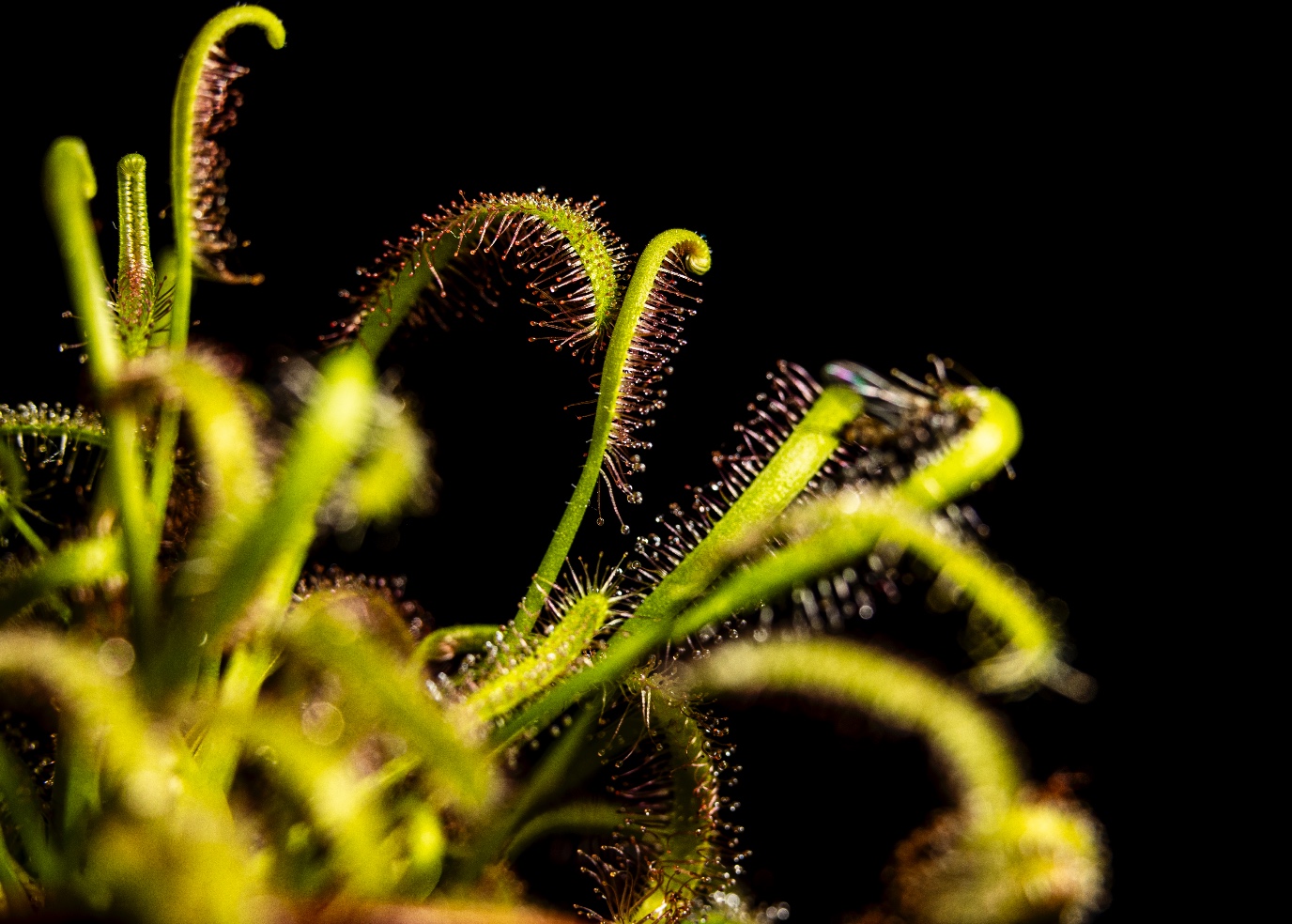
Like almost every other living creature, a plant is doing everything it can to stay alive for as long as possible. In the struggle to survive, plants have numerous tactics to ward off enemies. Some plants produce bitter fruits, while others secrete smelly oils, all to keep hungry insects at bay, for example. The wild tomato has another secret weapon: tiny hairs on its stem that act as a glue trap for flies and insects that wish to feast on the nutritious leaves. This weapon is a type of natural pesticide that proved to be the source of inspiration for Abinaya Arunachalam, a PhD student at the University of Groningen.
Jolene Schotanus & Leanne Postma

I now always wash my food very thoroughly-- Arunachalam
Arunachalam studies the refined defence mechanism of wild tomatoes with the aim of producing an insect-repellent glue. She is part of Marleen Kamperman’s research team, which conducts a lot of research that is inspired by nature. The objective of Arunachalam’s research is to develop an alternative to pesticides that can be used in floriculture and food production.
Supermarket beans
The fact that pesticides are very bad was something that Arunachalam had not really thought about before starting her PhD programme. This realization only dawned on her when during an experiment to test her alternative to pesticides all insects that she used suddenly died. ‘It was made perfectly clear to me that I had to not just wash the supermarket beans but that I also had to scrub them really well because they contained pesticides,’ says Arunachalam. ‘One day, I forgot to do this’. I fed the beans to the insects and they all died within a few hours. At that moment, I also realized that I never washed my beans that way at home. I now always wash my food very thoroughly.’
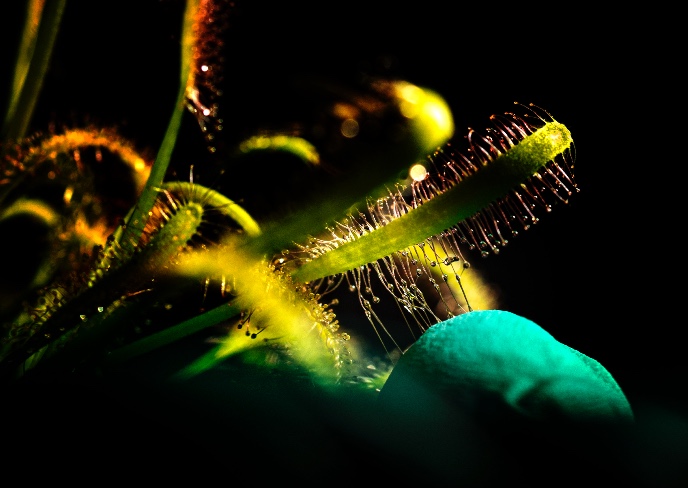
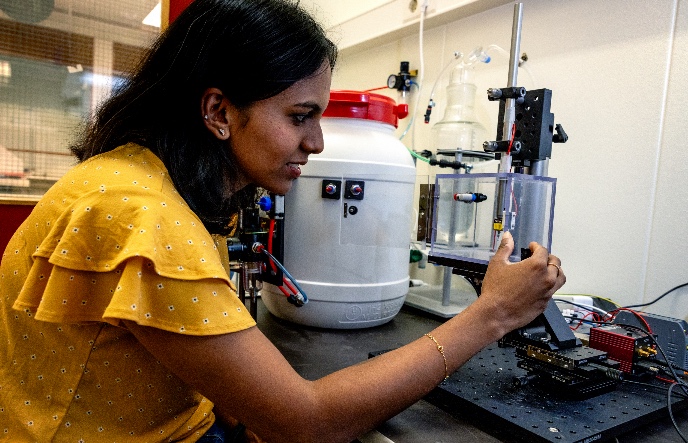
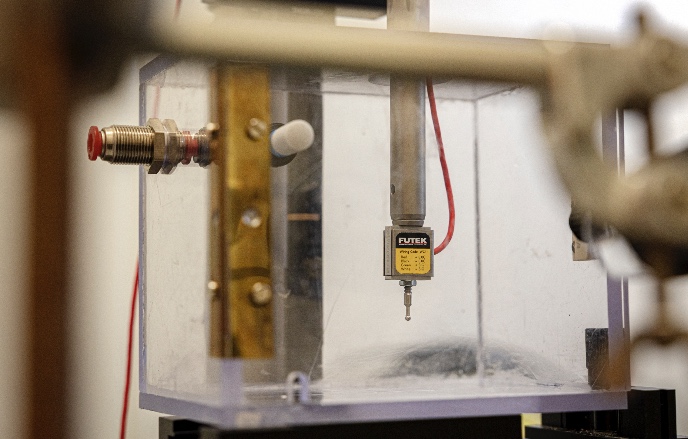
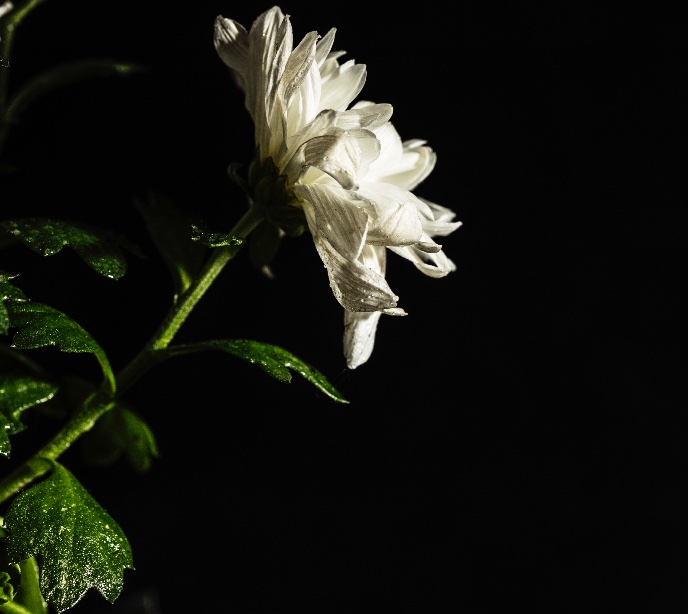
Tomatoes have a very cool mechanism-- Arunachalam
So, that was additional motivation for developing a safe alternative to pesticides. And how better to make an agent that is safe for nature than to use nature as a source of inspiration? Arunachalam found that inspiration in wild tomatoes. These plants have tiny hairs on their stems and leaves, trichomes, that make insects stick to the plant. ‘Tomatoes have a very cool mechanism,’ explains Arunachalam.‘They have a particular structure on the trichomes and when an insect walks on it, that structure breaks. When that happens, various components come together and the structure becomes sticky and, subsequently, hardens.’
The insect glue that Arunachalam has developed is based on this structure on the outside of the trichomes. Her glue spray must grip harmful insects and must be easy to rinse off the plants so that it is also safe to use on food crops. The initial objective is to make the glue suitable for chrysanthemums, an ornamental plant, and then for application in food production.
A machine to measure stickiness
Arunachalam spends almost every day locked in her small laboratory space of barely five square metres to test whether the glue is already working well. ‘This is where you will then find me all day,’ indicates Arunachalam. She has a device that touches the glue with a tiny metal tip and then withdraws so that it can measure the distance at which the glue lets go. This metal tip represents an insect leg that steps onto the sticky layer of the plant. Although the tip is quite large at the moment, Arunachalam is working on making it look more like a genuine insect leg.
She designed the device especially for this study, together with Wageningen University & Research. Testing real plants and insects and testing safety takes place at other universities throughout thecountry. In Groningen, Arunachalam is concentrating on the biochemical aspect.
Nature is extremely fascinating! However, it is not easy to mimic elements from it. -- Arunachalam
Nature as a source of inspiration
Marleen Kamperman and her research team are well-known for taking inspiration from nature. For Arunachalam, with her background in chemical engineering, this looked like the opportunity to do what she had always wanted: working with plants and animals. It is an interdisciplinary study, which means that Kamperman is very open to people with different backgrounds. It ultimately proved to be a good match and that is how Arunachalam ended up in Kamperman’s laboratory.
Over millions of years of evolution, nature has found solutions for a wide range of challenges that are an endless source of inspiration. Arunachalam was not exactly a plant person at first; on the contrary, she says that her plants never survive very long. She clearly has not got green fingers, but she now acknowledges that plants are intriguing. ‘I started reading a lot because of this project and, to be honest, nature is extremely fascinating! However, it is not easy to mimic elements from it. Nature has all kinds of complicated processes, which I had underestimated,’ says Arunachalam.
The end product
But how long until her glue spray will be available on the market? ‘To be honest, I think that that may take several more years,’ answers Arunachalam. ‘Especially when it concerns the application on food crops, because of the required approval procedure of, for example, the American Food and Drug Administration. The process will be quicker for marketing the spray for floriculture. The company that we work for in the first instance, is already quite enthusiastic and is even conducting field tests.’
Curious about finding out more about Marleen Kamperman’s laboratory? Then listen now to part #3 ‘Sandcastle worm superglue’ of our Noorderlab podcast!
This article was written for the course unit Science communication and journalism as part of the Master’s degree programme in Science Education and Communication at the University of Groningen.
More news
-
15 September 2025
Successful visit to the UG by Rector of Institut Teknologi Bandung

